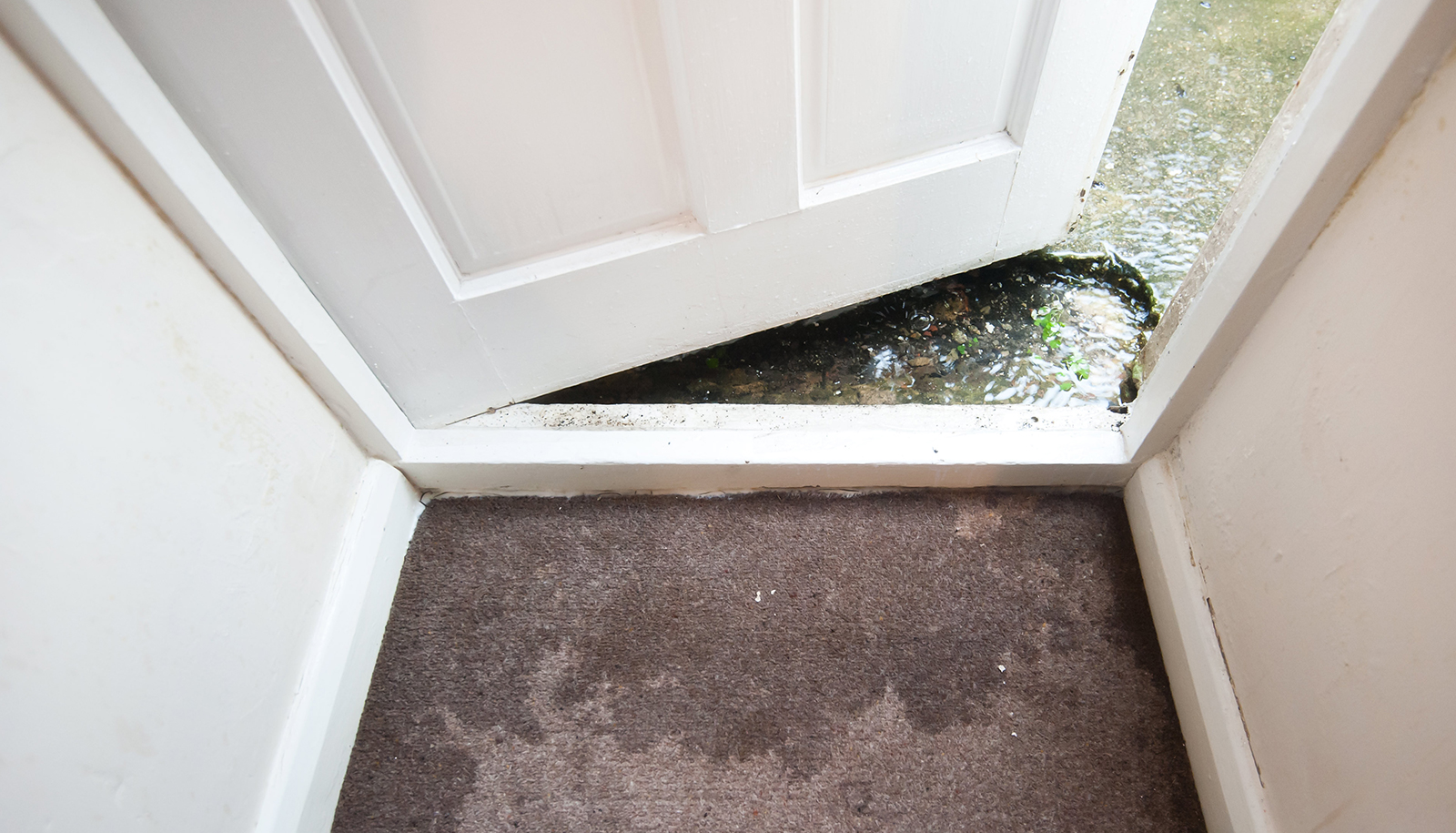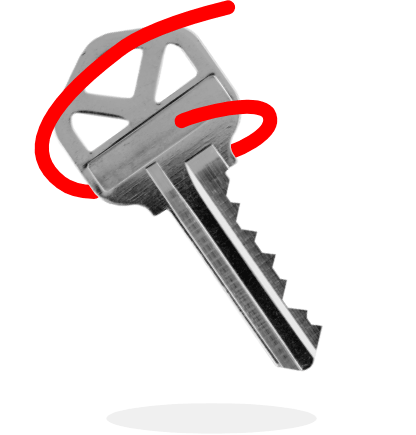Floods are the most common and costly natural disasters in the United States. With climate change intensifying weather patterns, rising sea levels, and increasing rainfall, the risk of flooding is no longer confined to coastal areas or traditional flood zones. As the frequency and severity of floods grow, the future of flood insurance is becoming one of the most critical components in protecting homeowners, businesses, and communities.
In this post, we’ll explore how flood insurance is evolving to meet the demands of a changing climate, what reforms are currently underway, and what homeowners need to know moving forward.
WHY FLOOD INSURANCE MATTERS MORE THAN EVER
Historically, many Americans viewed flood insurance as a niche product — necessary only for properties near oceans, rivers, or floodplains. However, in recent years, record-breaking storms and heavy rainfall have pushed floodwaters into unexpected places, often outside of FEMA-designated flood zones. According to FEMA, more than 40% of flood insurance claims come from properties outside high-risk areas.
The cost of flooding is staggering. A single inch of water can cause up to $25,000 in damage to a home. Yet many homeowners remain uninsured because they don’t believe they’re at risk or because flood coverage isn’t required by their mortgage lenders. As the realities of climate change become more pronounced, the need for widespread access to affordable and accurate flood insurance becomes clearer — and more urgent.
THE NATIONAL FLOOD INSURANCE PROGRAM: UNDER PRESSURE
The cornerstone of the U.S. flood insurance system is the National Flood Insurance Program (NFIP), established in 1968 and managed by FEMA. It provides over 4.7 million policies nationwide. However, NFIP is grappling with significant challenges:
- Outdated risk maps: FEMA’s flood maps are often years out of date and don’t always reflect recent developments or climate trends.
- Financial strain: Repeated severe weather events have left NFIP with billions in debt, calling into question the long-term sustainability of the program.
- Subsidized premiums: Many policyholders pay premiums that don’t accurately reflect their true flood risk, creating pricing imbalances.
In response, FEMA introduced Risk Rating 2.0 in 2021, a new pricing methodology aimed at making flood insurance more equitable and based on individual property risk. Instead of relying heavily on flood zones alone, Risk Rating 2.0 considers multiple variables — including distance to water sources, building elevation, foundation type, and cost to rebuild — to determine more personalized premiums.
PRIVATE FLOOD INSURANCE: GAINING GROUND
While NFIP remains the dominant provider, private flood insurance is playing an increasingly important role in modernizing coverage options. Advances in data modeling, satellite imagery, and predictive analytics have enabled private insurers to assess flood risk with greater accuracy than ever before.
- Private flood policies may offer several advantages:
- More customizable coverage: Higher limits, contents-only options, and business interruption coverage.
- Competitive pricing: Depending on location and risk, some homeowners may find lower premiums compared to NFIP.
- Faster claims processing: Some private insurers provide faster payouts and less red tape.
However, private flood insurance is not available in all areas, and coverage standards can vary. Homeowners should work with licensed agents to compare NFIP and private policy options and ensure they’re adequately protected.
POLICY REFORMS & THE ROAD AHEAD
In addition to FEMA’s Risk Rating 2.0, several policy reforms and legislative efforts are underway to improve the resilience and fairness of flood insurance:
1. Modernized Flood Mapping
FEMA and local governments are working to update flood maps with real-time data and climate projections. More accurate maps will help homeowners understand their true risk and make informed decisions.
2. Expanded Coverage Requirements
Lawmakers are considering expanding mandatory flood insurance requirements to include properties with moderate risk, not just those in high-risk zones.
3. Incentives for Mitigation
To encourage resilience, some reforms propose discounts or grants for homeowners who elevate their homes, install flood vents, or take other mitigation steps. Lower risk means lower premiums.
4. Community Resilience Initiatives
Communities that participate in FEMA’s Community Rating System (CRS) can earn premium discounts for residents by implementing stronger building codes, stormwater management, and public education programs.
5. Affordability Measures
While Risk Rating 2.0 aims for fairness, there’s concern that some premiums may increase significantly. Proposals for means-tested subsidies or premium caps are being debated to ensure affordability doesn’t limit access.
WHAT HOMEOWNERS SHOULD DO NOW
Climate change is reshaping the flood landscape, and insurance markets are responding. Whether you live near the coast, in a low-lying inland area, or on seemingly safe high ground, it’s worth taking steps now:
1. Review your flood risk: Tools like FEMA’s Flood Map Service Center or private flood risk models can provide insight into your property’s vulnerability.
2. Understand your coverage options: Talk to an insurance agent about both NFIP and private flood insurance to compare benefits and costs.
3. Consider mitigation: Small upgrades like sump pumps, landscaping adjustments, or elevating utilities can reduce risk and potentially lower premiums.
4. Stay informed: Flood insurance policies and regulations are evolving quickly. Keeping up to date helps you make the best decisions for your home and finances.
Flood insurance is no longer a “nice-to-have” for a select few — it’s becoming essential for millions of Americans. As our climate continues to shift, reforming flood insurance isn’t just about managing risk; it’s about preparing for a new normal.
At SimplyIOA, we’re committed to helping homeowners navigate these changes with clarity and confidence. Whether you’re reassessing your flood exposure or exploring policy options, we’re here to guide you every step of the way. Start by speaking to a SimplyIOA agent at 833.872.4467 or get a flood insurance quote online now.










